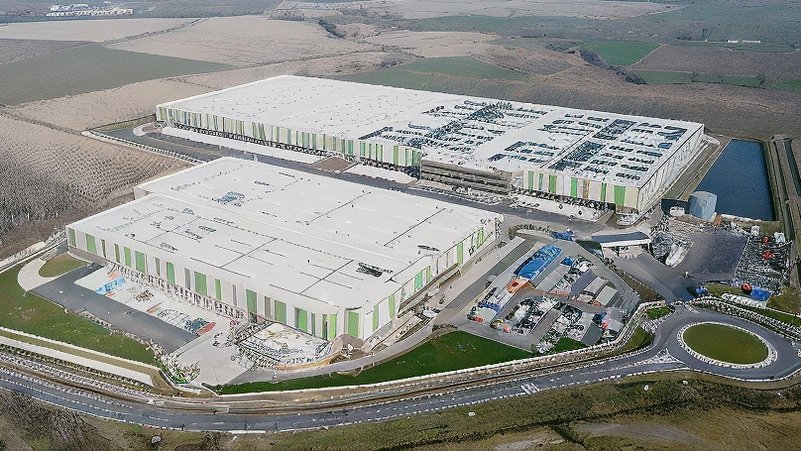TransportIntelligence’s findings indicate that Q3 2024 experienced relative stability in European road transport costs, largely due to temporarily weak demand. However, in a report published on 22 November 2024, the research firm warned that the outlook for Q4 and beyond suggests a steady rise in rates, driven by inflation impacting operational costs. While consumer confidence has shown signs of improvement, it remains below average, affecting overall demand.
According to TI, the European road freight sector is at the centre of dynamics affecting both supply and demand. On the supply side, although the long-term effects of the pandemic on vehicle shortages are gradually easing, transport capacity is still shrinking. Registrations of new trucks in the EU fell by 7.5% between January and September 2024, totalling 249,708 units, with heavy-duty vehicle sales declining by 9.5%. This contraction has helped sustain high prices throughout the year.
Transport operators are also extending the operational lifespan of their vehicles, with the average age of trucks in the EU reaching 14.2 years. Approximately 6.5 million trucks are currently in circulation, and new acquisitions are being staggered, partly due to evolving regulations. Among the key factors sustaining operational costs, tyres play a crucial role. A new EU regulation set to take effect by the end of 2024 will ban the import of non-compliant natural rubber, significantly impacting prices. This regulation will also apply to SMEs by 2025.
Diesel prices, although lower in Q3, remain volatile. Inflation, which reached 2.7% in September 2024, continues to weigh on operational budgets, alongside high energy costs. Producer prices, which rose to 124.9 points in Q3, represent an additional burden for the sector. Furthermore, supply chain disruptions, such as those caused by the crisis in the Red Sea region, have exacerbated challenges for manufacturing and logistics industries, thereby reducing demand for road freight services.



































































